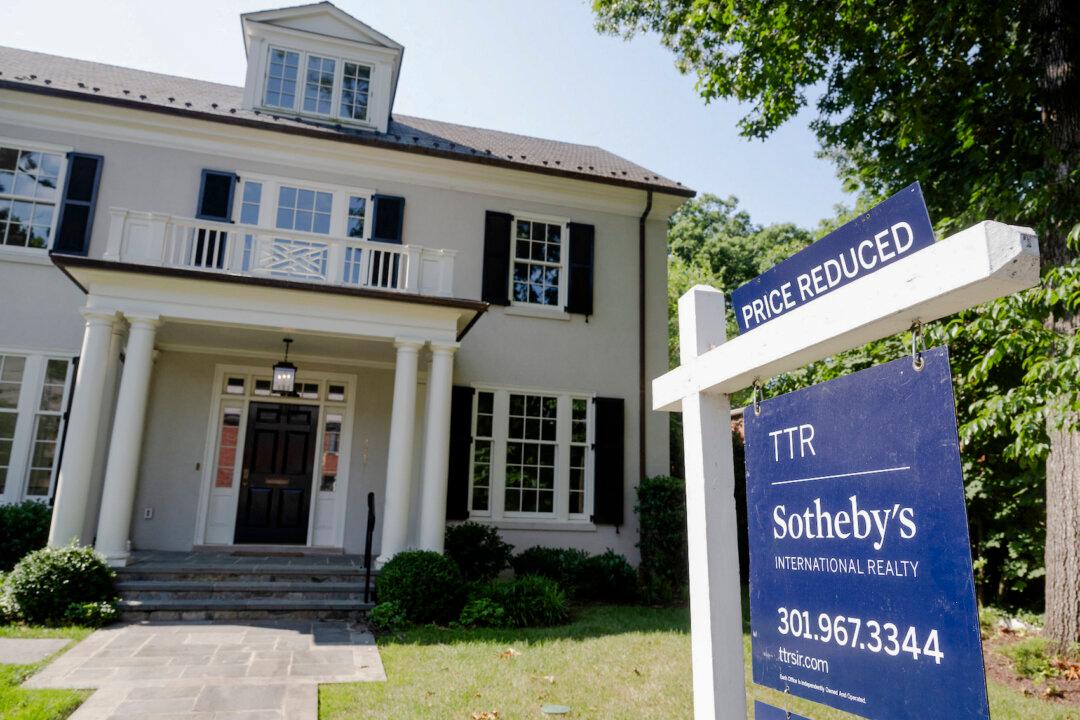Existing home sales in the U.S. real estate market are on track for the worst annual performance since 1995.
According to the National Association of Realtors (NAR), existing home sales declined 1 percent in September, to a seasonally adjusted annualized rate of 3.84 million, the lowest since October 2010. They fell 3.5 percent from the previous year, and have slumped in six of the last nine months.





